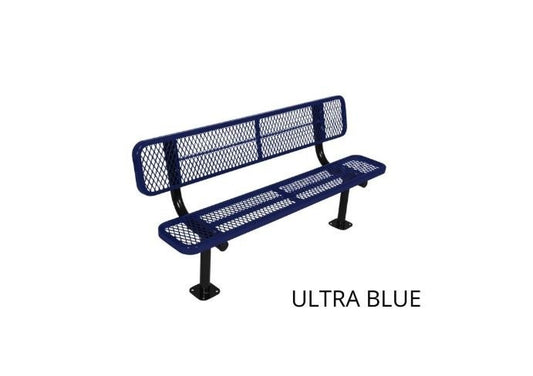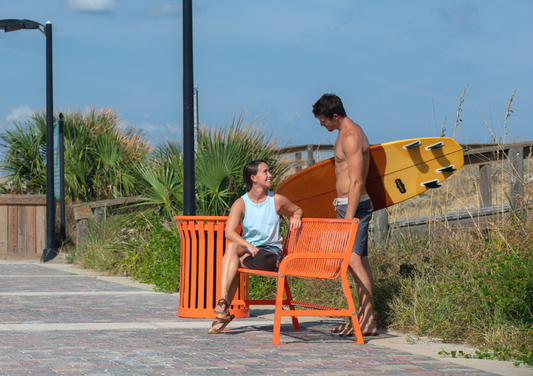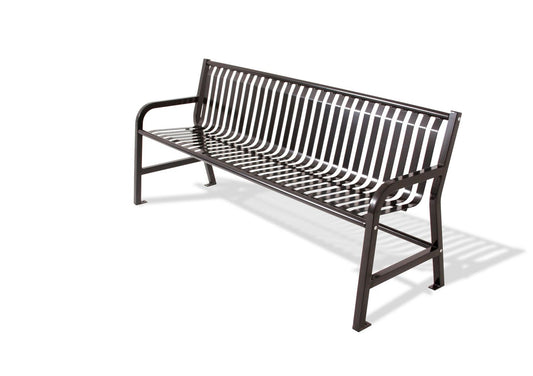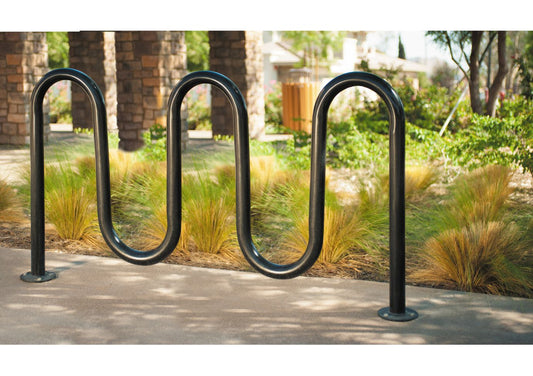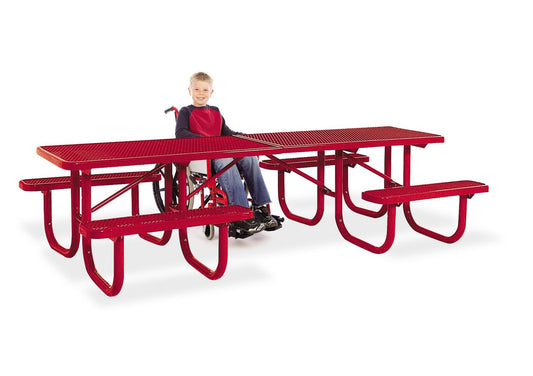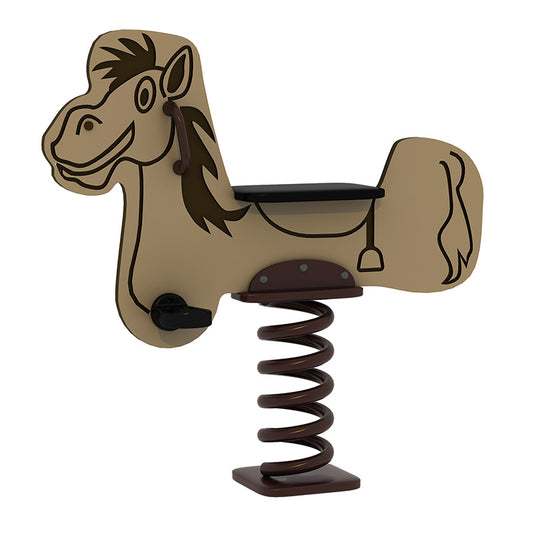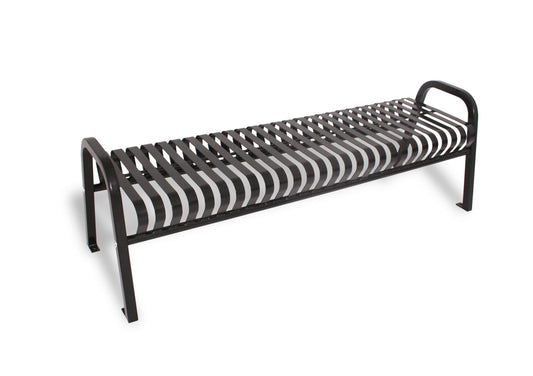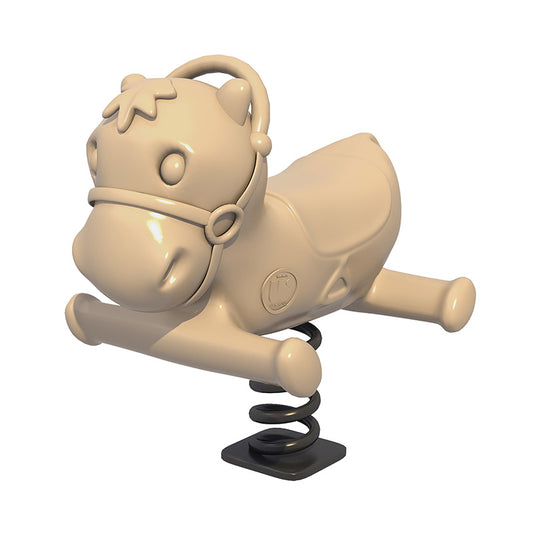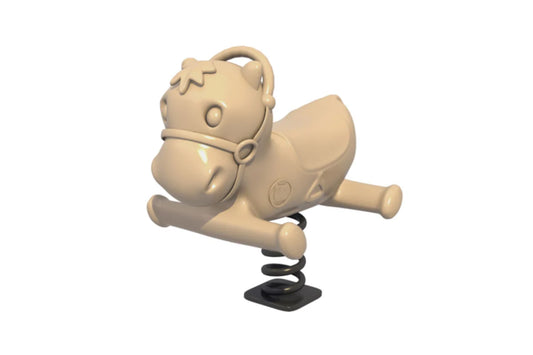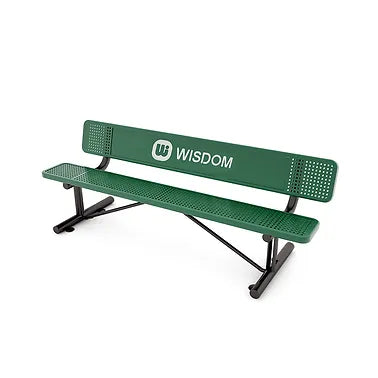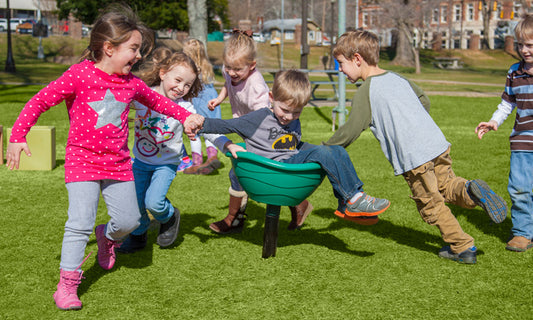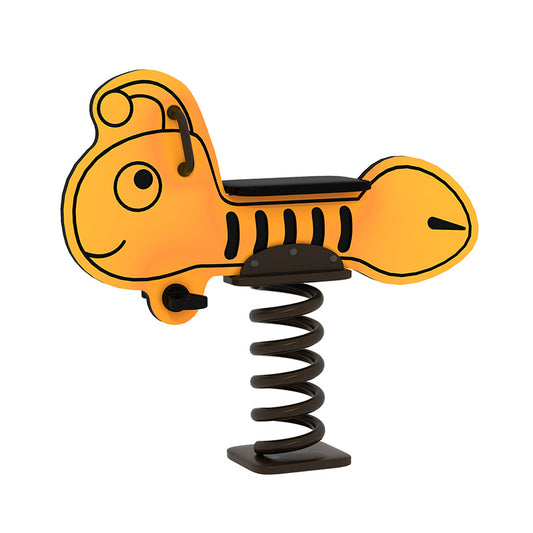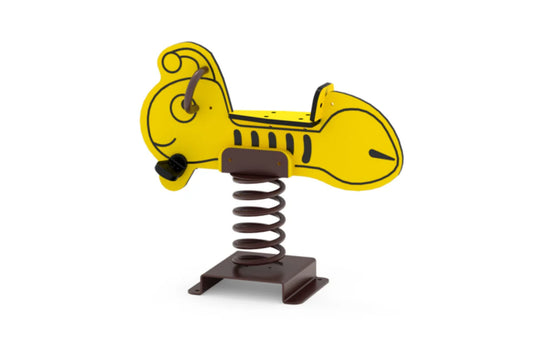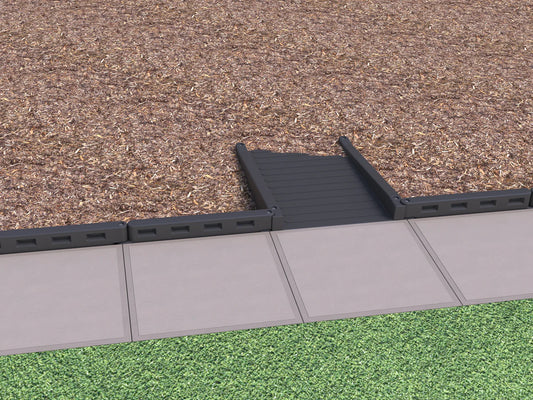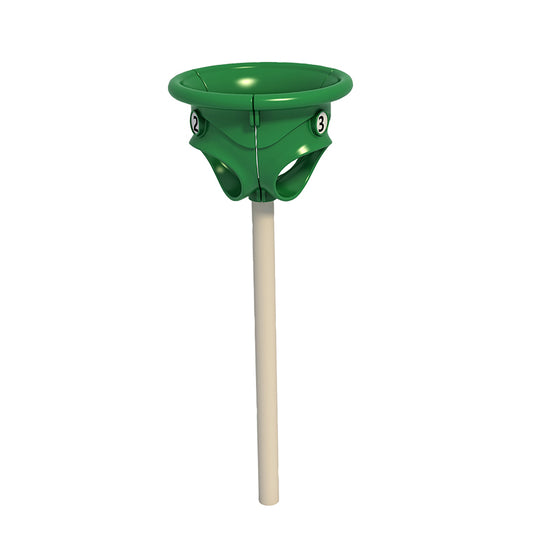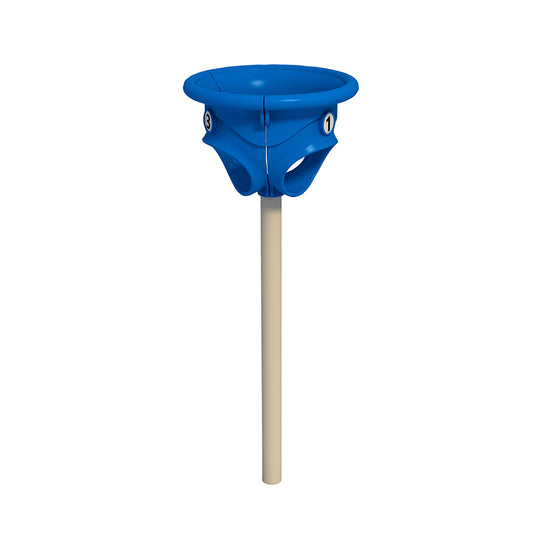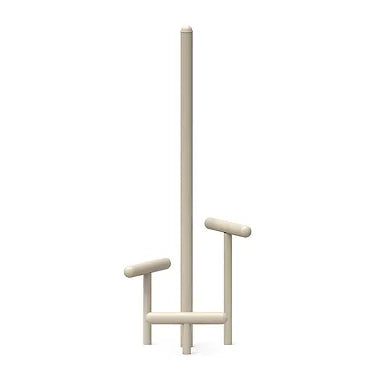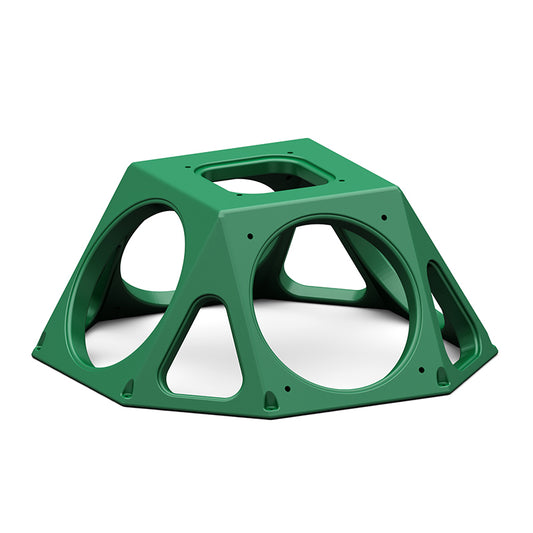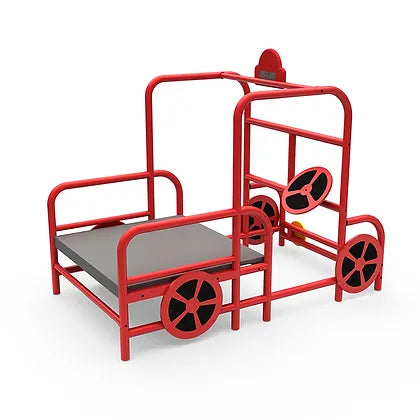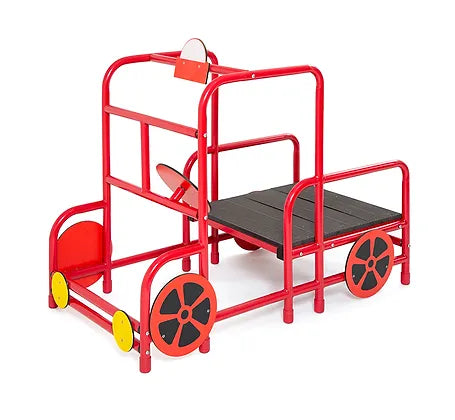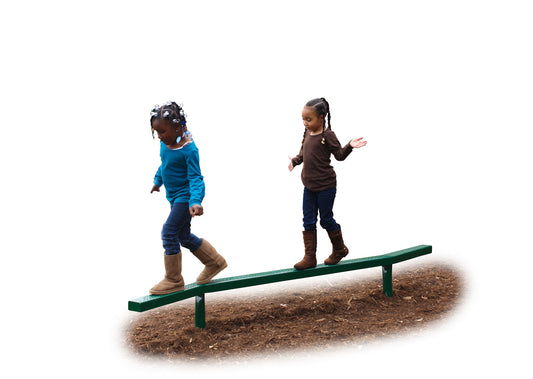Transform your educational space with our specialized playground equipment for schools, designed to enhance student development while prioritizing safety and durability. Our comprehensive school playground equipment collection meets the unique needs of educational environments, creating outdoor classrooms where learning and play unite seamlessly.
Safety-First School Playground Equipment
Our playground equipment for schools undergoes rigorous testing to meet strict educational facility standards. Every piece of school playground equipment complies with ASTM and CPSC safety guidelines, ensuring administrators, teachers, and parents can trust in complete child protection. From impact-absorbing surfaces to age-appropriate designs, our school playground equipment creates secure environments where students can explore confidently during recess and outdoor learning activities.
Educational Benefits of Quality School Playground Equipment
The right playground equipment for schools does more than provide recreation—it supports curriculum goals and student development. Our school playground equipment enhances physical education programs while developing gross motor skills, coordination, and strength. Interactive play panels integrated into our school playground equipment reinforce classroom learning through hands-on STEM activities, literacy games, and problem-solving challenges that make outdoor time both fun and educational.
Building Social Skills Through Play
Our school playground equipment encourages positive peer interaction and social development. Multi-level structures and collaborative play features help students build friendships, practice conflict resolution, and develop teamwork skills essential for academic success. This playground equipment for schools creates natural opportunities for inclusive play, ensuring every student feels welcome and engaged during outdoor time.
Durable School Playground Equipment Built to Last
Educational budgets demand smart investments, and our school playground equipment delivers exceptional value through superior durability. Weather-resistant materials and heavy-duty construction ensure your playground equipment for schools withstands daily use by hundreds of students. Powder-coated finishes resist fading and corrosion, while reinforced connections maintain structural integrity year after year, protecting your school's playground investment.
Age-Appropriate Design for Every Grade Level
Our playground equipment for schools offers solutions for every developmental stage, from early elementary through middle school. Separate play areas and graduated challenge levels ensure age-appropriate activities that grow with your students. This thoughtful approach to school playground equipment design maximizes safety while providing engaging experiences for diverse age groups within your educational community.
Supporting Inclusive Education
Our accessible school playground equipment ensures every student can participate in outdoor activities. ADA-compliant features and universal design principles make our playground equipment for schools welcoming to children of all abilities, supporting your school's commitment to inclusive education and equal opportunities for physical activity and social interaction.
Professional Installation and Educational Support
From planning to installation, our certified team understands the unique requirements of educational facilities. We provide comprehensive safety documentation, maintenance schedules, and educational resources to help teachers integrate outdoor play into their curriculum effectively.
Discover how the right school playground equipment can enhance your educational environment. Contact us today to explore playground equipment for schools that supports learning, safety, and student success.
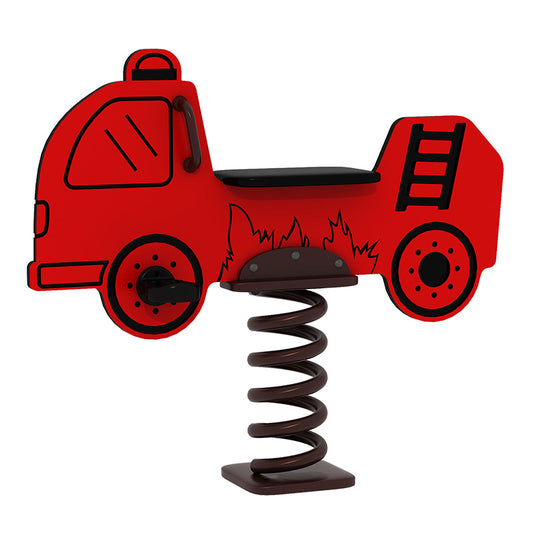
 Sold out
Sold out

